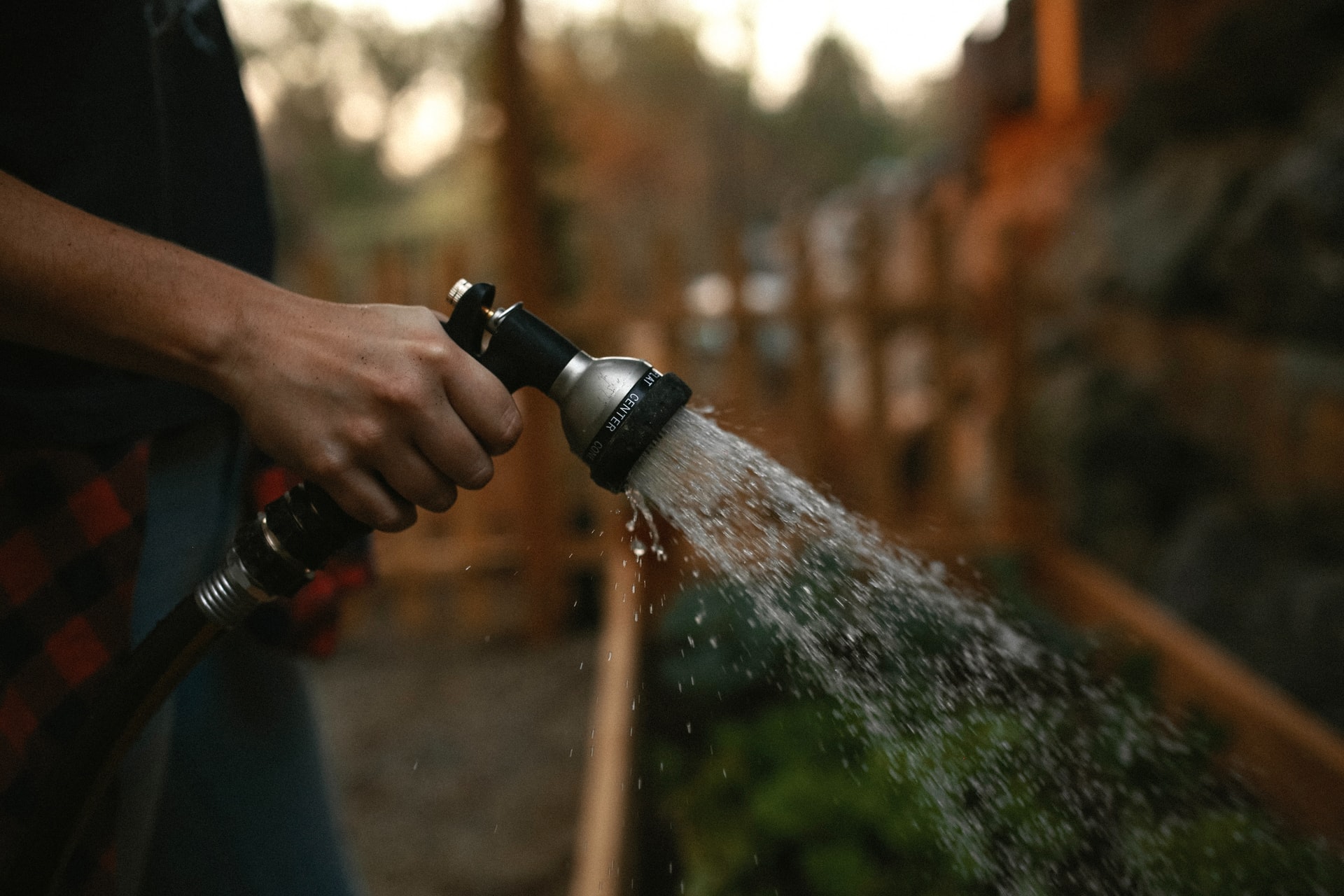Finding water in your basement can be quite a shock. Not only does basement flooding mean expensive repairs, it may also mean the ruin of whatever was stored down there. Therefore, we need to get to the bottom of where that water is coming from to ensure it doesn’t return, once the current disaster is cleaned up!
For now, we’ll focus on basement flooding in an old home. Basement flooding is likely caused by different things in an old home than a new one. If you need help with basement flooding in a newer home, check out our last article. If you’re struggling with moisture, rather than water, we have an article for you as well.
How to Diagnose the Source of Flooding in an Old Home
Not sure where the water is coming from? Try this:
- Look for flow direction: wall streaks vs. floor bubbling
- Smell the water — sewer odours may indicate backups
- Use paper towels to check wall dampness location
- Check for sump pump failure or missing system
Still unsure? A professional moisture mapping will confirm the source.
Outdated, Broken Plumbing
When a home has been standing for decades, the plumbing takes quite a beating. In fact, when plumbing has been used for that long, it begins to lose its efficiency. Not only can old pipes be unable to keep up with modern water pressure, they can also rust.
Rusted pipes don’t just make the tap taste like metal. When pipes rust, it can weaken them and the parts holding them together. With every year, your home’s plumbing becomes more and more likely to burst somewhere.
If the there’s no storm outside and the water in your basement looks mostly clear, there’s a good chance it’s coming from a burst pipe. Call us immediately for emergency repair services.
Damaged Basement Walls
If the water in your basement looks a bit less clear, or straight up muddy, it’s most likely coming from outside. There are two ways for outside water to come in. The first is that it’s coming through damaged basement walls.
Over the years, your basement walls, if not properly waterproofed, will gain cracks for water to get in. The cracks won’t allow much more than damp walls at first. However, with time, the cracks will widen and reach all the way inside. When it rains, the water that soaks into the surrounding soil will begin leaking into your basement through the walls.
If this is the source of your basement flooding, it’s either a very minor flood, or there were warning leaks leading up to this. If it’s storming hard at the moment, a small leak may have turned into a sudden stream of water in your basement. Either way, it’s time to get that fixed with exterior basement waterproofing.
Risks of Delaying Basement Repairs in Old Homes
Waiting to fix water intrusion in an old home can result in:
- Structural weakening of foundation walls
- Wood rot in floor joists and subfloor
- Electrical hazards from hidden moisture
- Mold in walls, insulation, and air ducts
- Increased insurance claims or reduced coverage
Acting fast prevents compounding damage — and greater costs.
Groundwater Rising
The second way water can come in from outside, causing basement flooding, is through the basement floor. If you live at the bottom of a hill, if it’s been particularly rainy lately, or if an existing subfloor sump pump has stopped working, water will rise up into the basement from the surrounding ground. This is caused by the equilibrium of the groundwater. The solution is to have a sump pump installed, or to have an existing one checked for malfunctions. A sump pump will collect water that rises up beneath the floor, redirecting it away from the house.
Step-by-Step Modernization for a Safe, Dry Basement
You don’t have to fix everything at once. Prioritize:
- Emergency repair (active leaks or flooding)
- Install or upgrade sump pump system
- Exterior waterproofing + wall crack sealing
- Improve grading and downspout direction
- Finish interior with mold-resistant materials
Each step builds resilience into your old home.
Why Leaquida Specializes in Old Home Basement Solutions
Leaquida Waterproofing understands the quirks and challenges of aging homes. We offer:
- Non-invasive inspections for older foundations
- Custom retrofits that preserve historic materials
- Pipe and drainage replacements with minimal demolition
- Protection for heritage homes across the GTA
- Friendly, transparent service you can trust
Reach out and let’s future-proof your basement — together.
FAQ
Older homes often lack modern waterproofing, have outdated or corroded pipes, and were built before current drainage standards. These weaknesses make them more vulnerable to flooding during heavy rain or pipe failure.
If the water is clear and appears during dry weather, it likely comes from a broken pipe. If it’s muddy, discoloured, or appears during/after rain, it’s likely from outside — through walls or the floor.
Absolutely. Small leaks often signal worsening cracks or rising groundwater. Addressing them early can prevent major structural damage and save thousands in future repairs.
High. Flooded basements — especially in older homes — can trap moisture in porous materials. Without fast drying and mold remediation, dangerous spores can spread throughout the home within 24–48 hours.
Interior sealing may stop visible leaks temporarily, but it doesn’t block water from entering the structure. In most old homes, exterior waterproofing is needed to protect foundation walls long-term.
If your basement has flooded or stays damp, installing a sump pump is essential. It prevents groundwater from rising into the space and protects your foundation from hydrostatic pressure over time.

 CLOGGED OR BROKEN WEEPING TILE
CLOGGED OR BROKEN WEEPING TILE